As a graduate student in the Coordinated Master's Program in Nutrition and Dietetics at the University of Utah, I am fortunate to be able to apply my professional interest and education in sports and wilderness nutrition to my outdoor adventures: running, biking, climbing, and skiing. And, it's helping! I just spent nine days on Mount Shasta and in the Ruby Mountains with my dad. Given the variety of terrain, altitude, and temperature, nutrition was a primary concern. Even though the weather didn't allow for a Shasta summit, good food and proper hydration (a lot of hot drinks) kept us happy and moving efficiently on long days with heavy packs.
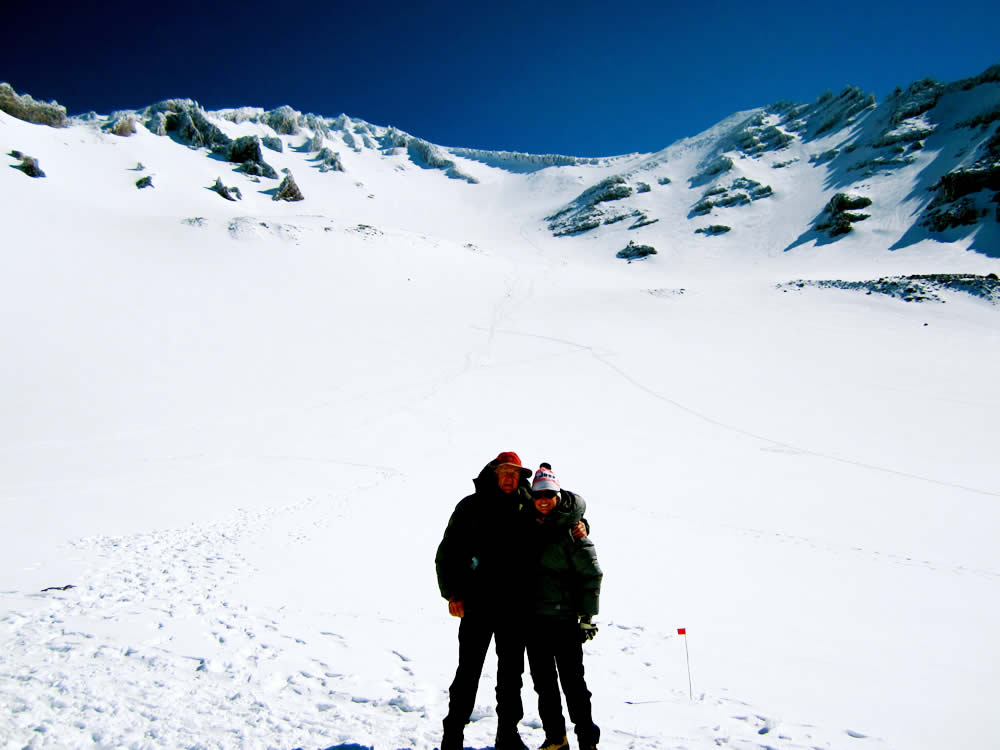
If you've ever planned snacks, meals, and drinks for a backcountry trip or regularly eat to support athletic performance, you know how difficult it can be to decide what, how much, and when to eat. Why is nutrition so important when exercising frequently or heading into the wilderness? Like many of you, I aim to optimize performance - whether that means running faster, starting my ride fueled, or avoiding running out of energy at 13,000 feet on Mt Shasta.
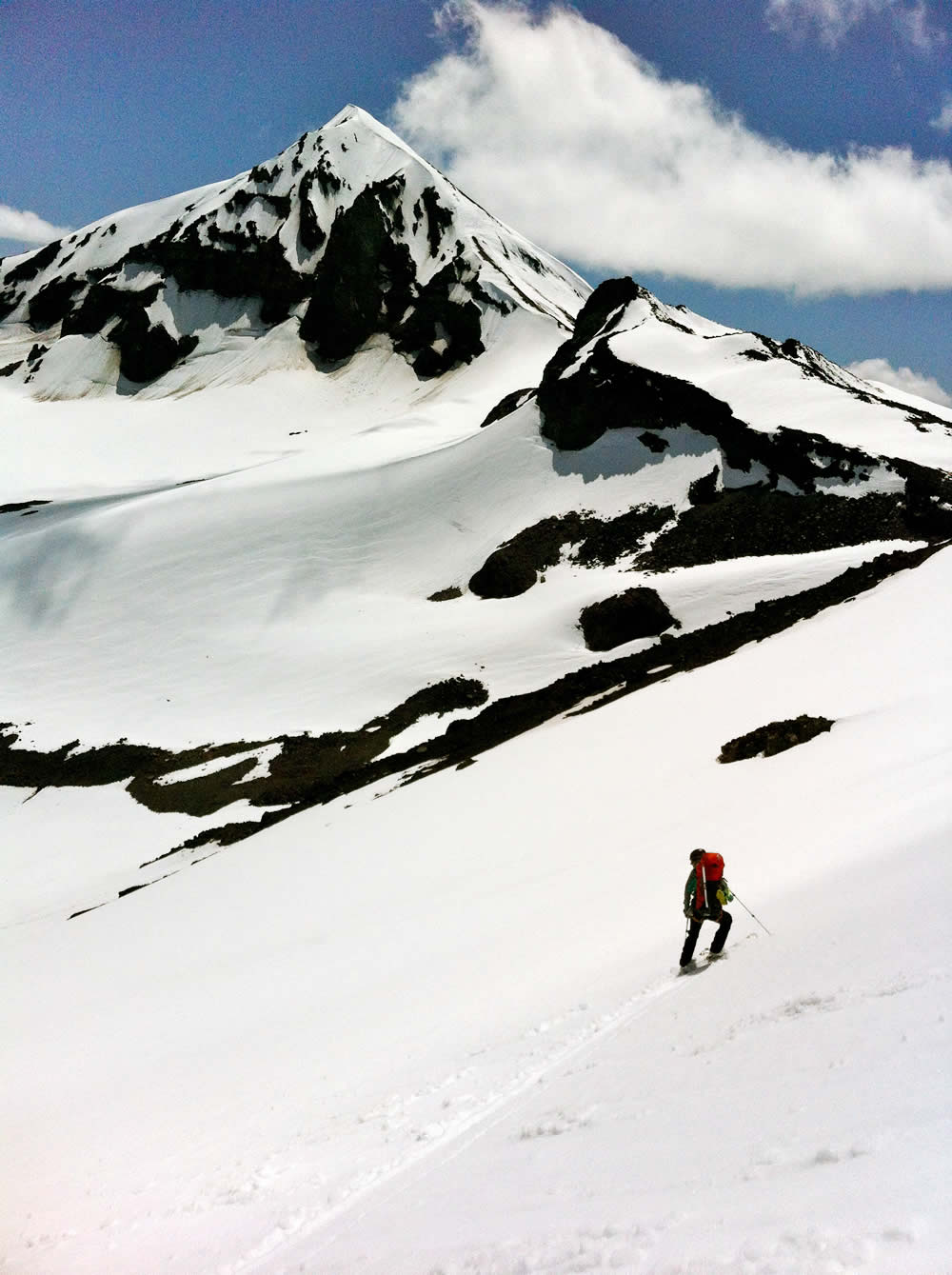
Although genetics and training are key determinants of athletic potential, research has shown proper nutrition can delay fatigue, decrease perceived effort, help to build muscle, and it makes us feel good. All of which are extremely important when recreating in the outdoors.
Wilderness activities are often higher in intensity and longer in duration than a quick after-work run or bike. You may be carrying a heavy pack, and/or navigating through difficult terrain. Nutrition becomes increasingly important as the intensity and duration of the activity increases and the physical environment changes.
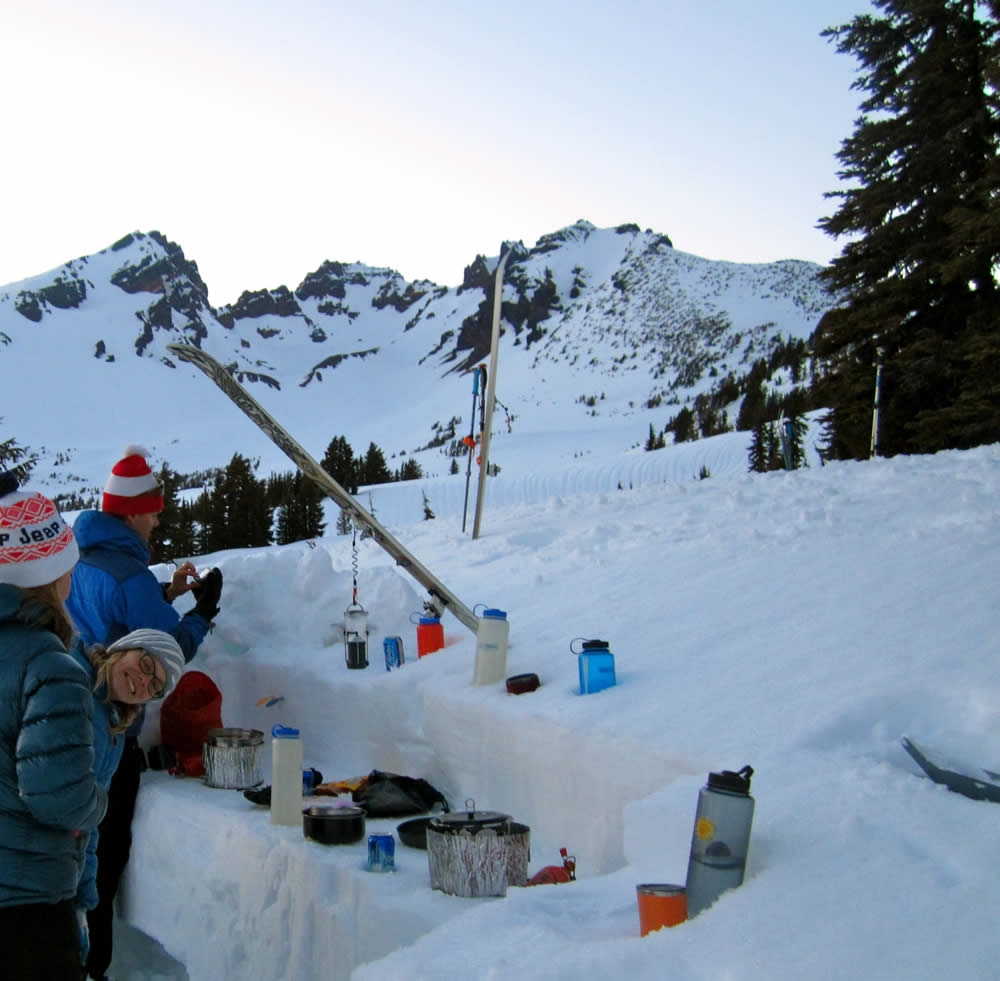
A quick way to determine how many calories you need per day is to use the Harris Benedict equation to determine resting metabolic rate (RMR): how many baseline calories you need to maintain normal bodily functions at rest.
- Males: 66.5 + (13.75 x wt in kg) + (5.003 x ht in cm) - (6.775 x age)
- Females: 655.1 + (9.563 x wt in kg) + (1.850 x ht in cm) - (4.676 x age)
A 35-year-old, 182.8cm male who weighs 70kg needs approximately 1,780 calories daily just to maintain normal bodily functions at rest, and a 35-year-old, 167.6cm female who weighs 60kg requires approximately 1,372 calories. To determine total daily calories needs after calculating RMR, multiply by the appropriate activity factor. Activity levels fall on a spectrum between light to exceptional, and activity factors range between 1.3-2.4. Use the table below to determine your appropriate activity level and factor.

Consuming adequate calories to fuel your outdoor activities is critical. Additionally, eating a variety of nutrients, and focusing on eating before, during, and after exercise will assist in maintaining both physical and mental strength and stamina during physical activity.
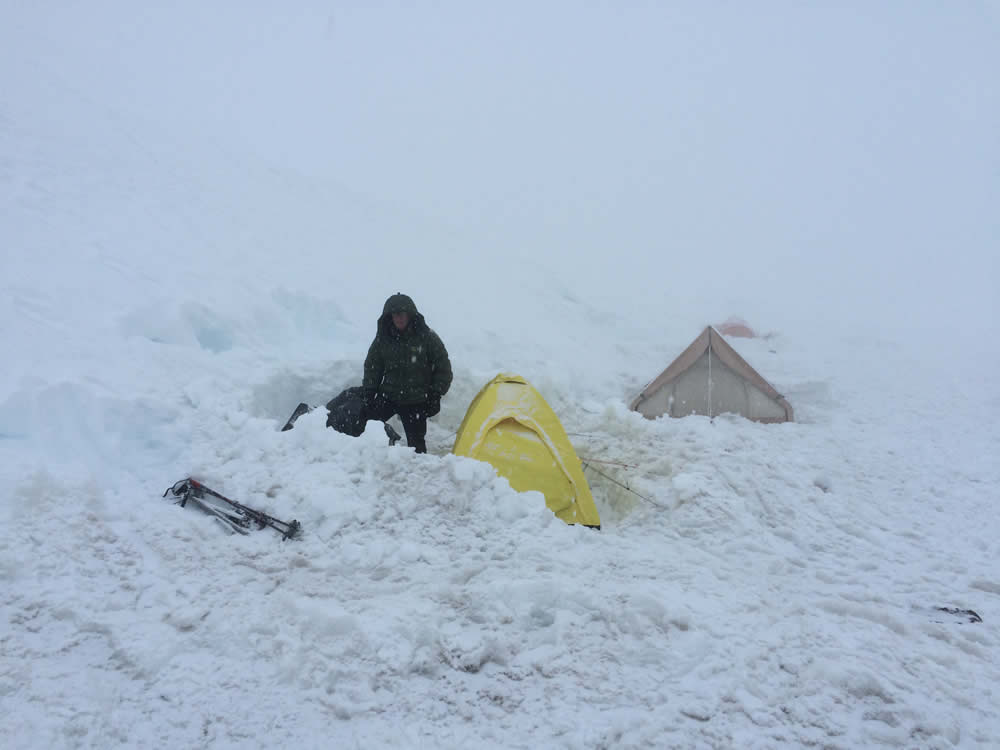
What Types of Foods Should You Choose?
Carbohydrates are the body's preferred source of fuel. Carbohydrate intake becomes increasingly important when exercising at altitude, in hot and cold environments, and when carrying a heavy pack. How do you meet your daily recommended carbohydrate intake? For active individuals, a minimum of 5g of carbohydrate per kg of body weight (BW) is required to maintain adequate glycogen stores. If you weigh 60kg, you would need to consume a minimum of 300g (60kg x 5g) of carbohydrates daily to maintain adequate glycogen stores. Two-to-four hours before physical activity, consume a meal or snack that is easily digested. It should contain 2-4g of carbohydrate per kg of BW, be moderate in protein (15-20g), and low in fat. For example, a 70kg male could eat a turkey and cheese sandwich on a whole wheat bagel with a banana or orange, a 6-ounce low fat yogurt, and 25-30 whole wheat crackers. During activity lasting greater than 60-90 minutes, consuming 30-60g of carbohydrates per hour aids in maintaining blood glucose concentration and delays fatigue. This is particularly important when breakfast or a pre-exercise meal is inadequate (or missing). Try a banana, a slice of bread with peanut butter, two Fig Newton cookies,1/4 - 1/2 cup of raisins, one sports gel, or half of a pack of sports chews or blocks with 8-ounces of a sports drink. Sports drinks have the added benefit of flavor, providing both carbohydrates and electrolytes, and aiding in rehydration. Once you've planned for adequate carbohydrate intake, consider other key nutrients such as protein and fat.
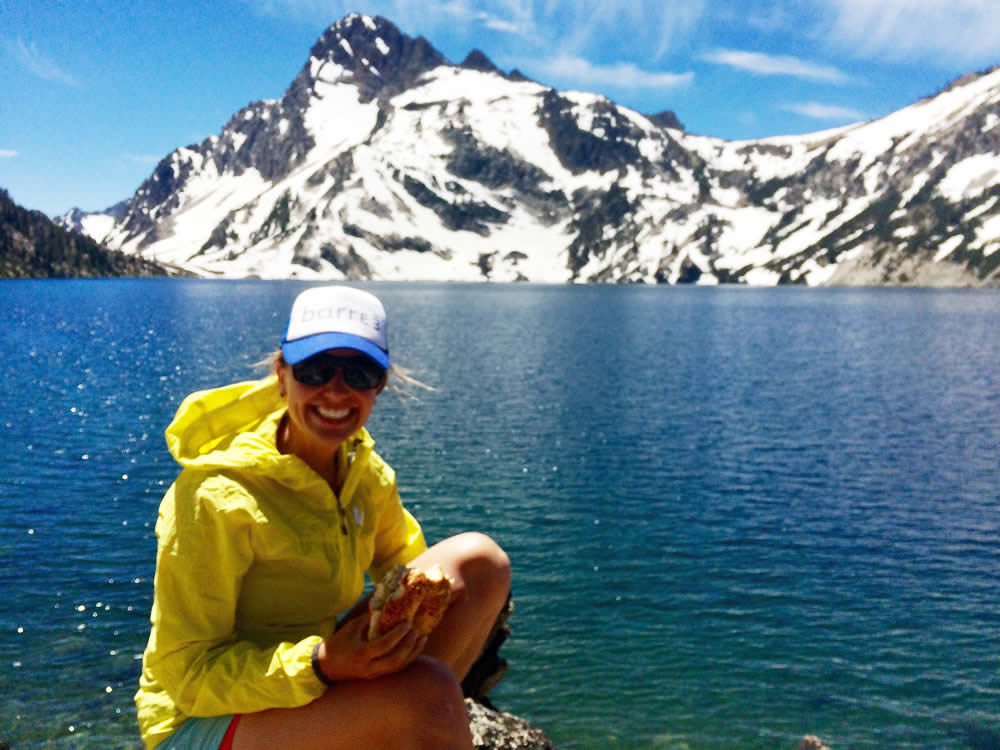
Protein builds and repairs muscle tissues, increases immune function, and promotes satiety. Additionally, carbohydrate and protein foods can help to minimize recovery time. In the wilderness setting, timing of meals is most important for muscle repair. Focus on eating small, frequent amounts of protein. Before setting up camp, or within 30 minutes of completing physical activity, aim to eat about 20g of protein and 50 - 100g of carbohydrates, approximately 1.0 - 1.5g of carbohydrate per kg of BW. This is equivalent to one Clif bar, 1/2 cup of trail mix with hot chocolate, a bagel with 1-ounce of chicken and 1/4 cup of dried fruit, or 1-ounce of cheese and 1/2 cup of raisins with 32-ounces of a sports drink. If you are looking for a packable protein source that does not require refrigeration, bring tuna or chicken pouches. A three-ounce tuna pouch has 17 - 22g of protein, and a four-ounce chicken pouch has 24g of protein. Add to a bagel and you have a great recovery snack. You can also add protein and calories to your meals by mixing in two tablespoons of powdered milk or powdered eggs.
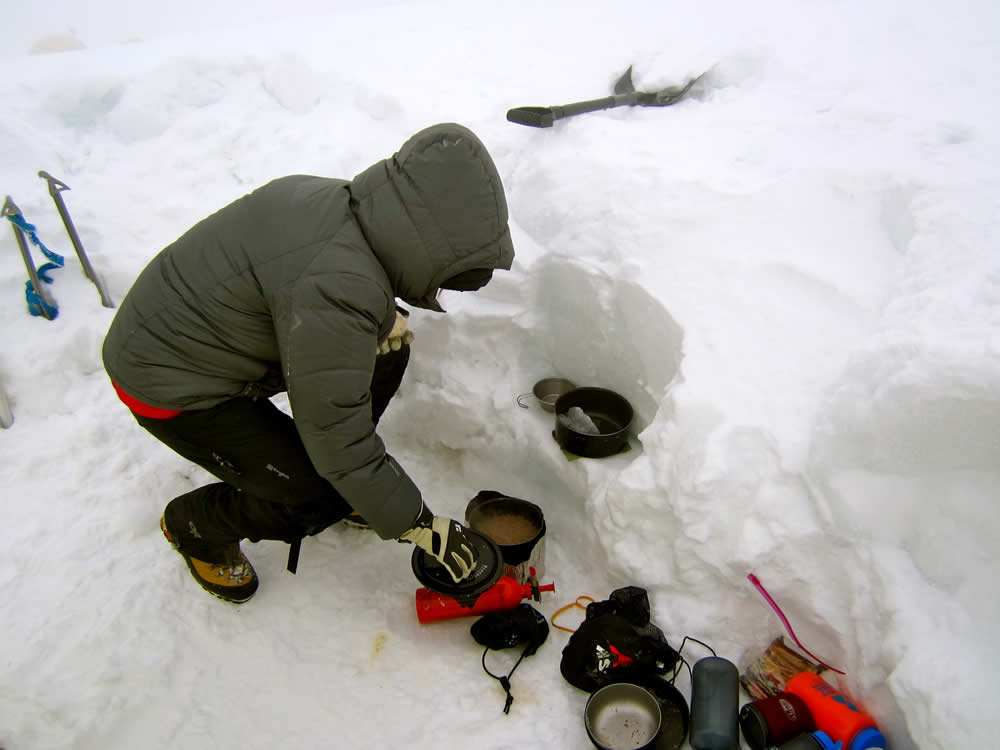
Fat. Eating in the backcountry is not the time to worry about fat intake. For light to moderate exercise and longer duration physical activity at a lower intensity, a short backpack in level terrain or long run or bike at a low intensity in a temperate environment, fat is the primary energy source. In cold environments eating foods high in fat helps to keep you warm, and fat provides more than twice as many calories per gram as carbohydrates and protein. Research shows that healthy omega-3 fatty acids such as walnuts, soy nuts, green pumpkin seeds, and fish may help reduce inflammation. Try making your own trail mix with nuts and chocolate and include walnuts, soy nuts, and pumpkin seeds for a great source of omega-3 fatty acids. Although at home and in the office you should limit foods containing saturated and trans fats, such as high fat cheeses, cookies, chips, pastries, many packaged snack foods, and marbled meat, these foods have their place in the backcountry as a satisfying snack and an easy way to add extra calories.
It may be difficult to consume, or even carry the calories you need. Choose both energy and nutrient dense foods. Foods that are energy dense, high in calories, but weigh little are excellent choices if you are traveling with a heavy pack and have limited space. Nuts, chocolate, cookies, and nut butters are energy dense. Nutrient dense foods are rich in nutrients relative to their energy content. Whole grain bread, fruits, and vegetables are all nutrient dense.
Use these recommendations as an initial estimate to determine nutrition needs and then adjust based on experience. Estimated needs may be higher or lower based on the individual. Keep in mind, nutrition needs will change depending on the length of the activity or backcountry trip. Before your next trip, try making the following tasty No Bake Energy Bites for a quick snack that has carbohydrates, protein, and fat. Enjoy!

Directions:
Stir all ingredients together in a medium bowl until thoroughly mixed. Let chill in the refrigerator for half an hour. Once chilled, roll into balls of about 1" in diameter. Store in an airtight container and keep refrigerated for up to 1 week. Yields 20-25 bites.
Nutrition (for 20 bite recipe):
103 calories, 02g protein, 13g carbohydrate, 1g fiber, 6g fat (2g saturated)